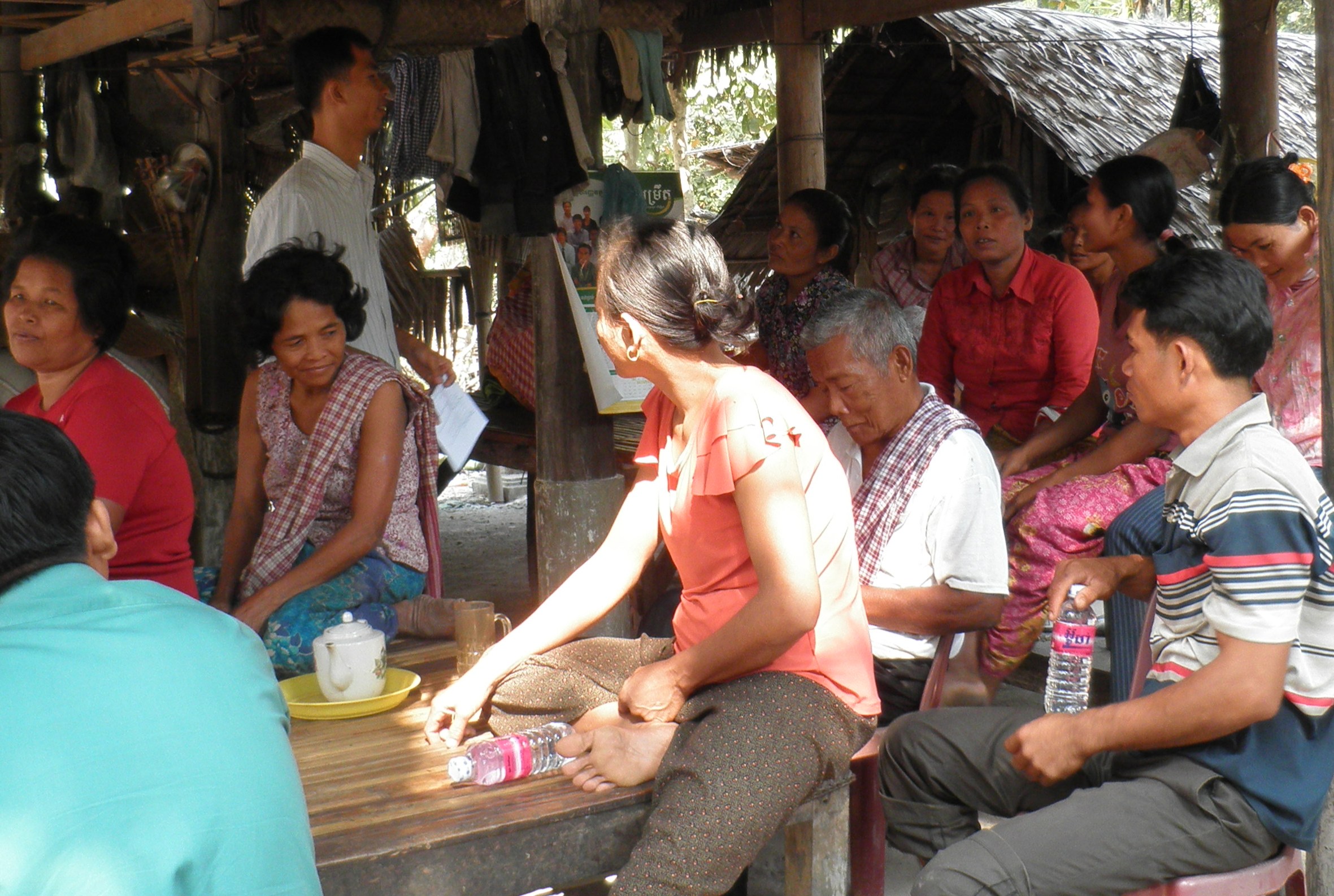Reimagining Vietnam’s Microfinance Sector
ACCESS has supported Vietnam’s microfinance sector since 2010. The following year, the government issued its microfinance development strategy, which raised hopes that the sector would enter a new growth phase that would enable it to make a significant contribution to financial inclusion. However, a decade later, the reality is that Viet Nam’s microfinance sector continues…

